- About Us
- Bearings
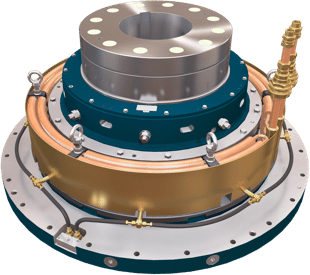 Vertical Bearings
Vertical Bearings
- AV Series
AV
LV SeriesLV
MV SeriesMV
V SeriesV
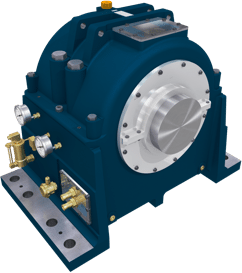 Horizontal Bearings
Horizontal Bearings
- HD Series
HD
IH SeriesIH
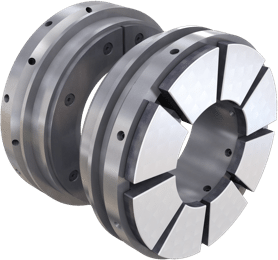 Tilting Pad Bearings
Tilting Pad Bearings
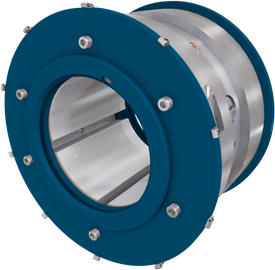 Journal Bearings
Journal Bearings
- Journal Pad Units
Journal
 Thrust Bearings
Thrust Bearings
- SE Series
SE
Omega EqualisedOmega
OmegaOmega
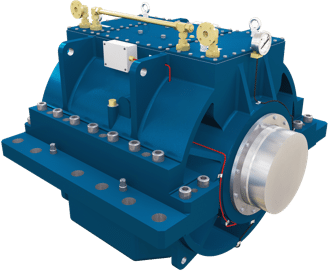 Marine Bearings
Marine Bearings
- Marine Gearbox Internals
Marine
Marine Propulsion Motor
and Generator BearingsEnter your email to download the full paper
"*" indicates required fields
Outline
Home > Tilting Pad Journal Bearings – Measured and Predicted Stiffness CoefficientsTilting Pad Journal Bearing - Measured and Predicted Stiffness Coefficients
D W Parkins, Cranfield Institute of Technology, UK and D Horner, Michell Bearings, UK
This paper presents measured and calculated characteristics of a tilting pad journal bearing suitable for high speed machinery. Descriptions are given of the experimental techniques used with this variety of bearing and the theoretical model for predicted performance.
Measured values of pad temperature, eccentricity, attitude angle, and the four stiffness coefficents are given for a range of loads and rotational speeds. Data are given for both load on pad and between pad configurations, the two principle loading arrangements.
Comparisons are made between the measured and predicted bearing tempatures and stiffness coefficients over a wide range of values.
Introduction
Tilting pad journal bearings have been used to support rotating shafts for a considerable number of years. They are more expensive and occupy a larger space than a corresponding conventional plain bearing. Nonetheless, they have been, and continue to be, selected by designers in applications where their superior stability, especially in the high speed/low load condition, is a paramount consideration.
Consequently, as with plain bearings, their widespread use has preceded knowledge of their performance characteristics and reliable theoretical models thereof. It is only in relatively recent times that the performance of tilting pad journal bearings has been studied. Theoretical studies (1) – (3) have been reported, and in particular Jones and Martin (4) have indicated the effect of changes in various geometrical paramenter upon performance. Within the last few years, results of a number of experiemental studies (5) – (9) have been published. Notwithstanding, there remains a scarcity of data.
This paper presents a contribution to this knowledge by comparing the measured performance of a typical tilting pad journal bearing with the predicted characteristics. Data are given for both the common operating configurations of load on and load between pads.
ACCESS FULL PAPERRecommended articles
PTFE Faced Journal Bearing Technology for Marine Propulsion Applications
Effect of Load Direction, Preload, Clearance Ratio and Oil Flow on the Performance of a 200 mm Journal Pad Bearing
Performance Experiments with a 200 mm, Offset Pivot Journal Pad Bearing
PTFE Bearing Technology for Thrust and Journal Applications
Michell Bearings
Waldridge Way,
Simonside East Industrial Park,
South Shields,
NE34 9PZ.Tel: +44 (0) 191 273 0291
Email: sales@michellbearings.com
Email: hrteam@britishengines.com
Email: recruitment@britishengines.com© Michell Bearings.
Registered Office Address: 11 Glasshouse Street, St Peter's, Newcastle upon Tyne. NE6 1BS. Company registered in England and Wales no. 9390648

 PTFE Bearings
PTFE Bearings